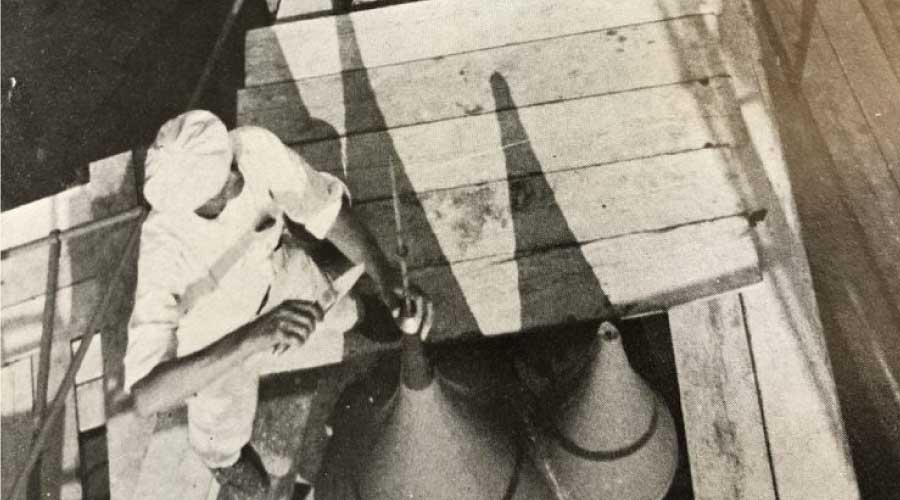 Plastic pipe can be used in a wide range of applications, such as this chiller plant on a university campus.
Plastic pipe can be used in a wide range of applications, such as this chiller plant on a university campus.Size, Materials Play Crucial Roles in Plastic Pipe Selection
Like any other building material, matching product use with its specific application is important for plastic piping selection success.
A basic consideration in selecting plastic pipe is the size of the pipe. If the diameter is more than three inches, materials like CPVC or polypropylene are the primary options. Both are available up to 24 inches in diameter. In addition to being suited to a wide variety of plumbing and hydronics applications, each offers unique benefits that can set it apart from other plastic pipe options. CPVC, for example, is approved for light hazard fire sprinkler systems. Polypropylene, Campbell says, is suited for transport of many different chemicals (including glycol) that often, in larger pipe sizes, cannot be transported by other types of plastic piping.
When the pipe diameter is no more than three inches, PEX is also an option. The flexibility of that material means it often can be pulled from a coil and curved to make changes in direction without the need to couple many rigid sections of pipe. In existing buildings, it can be snaked through openings with less need for demolition than rigid pipe would require — another time saver. “With the compressed construction window of 2020, speed has been a primary benefit,” says Max Rohr, marketing and academy manager for REHAU Construction.
The COVID-19 pandemic has raised another consideration. “With new social distance requirements, lighter materials which can be moved and installed with fewer workers help to provide a safer workplace,” MacNevin says.
Different types of plastic pipe are joined in very different ways, although no open flames are required for any of the materials. “Polypropylene pipe is joined using heat fusion, which typically can be done much faster than welding steel or brazing copper, and creates a single, fused piece with no leak paths,” Campbell says. “In addition, the heat fusion process does not require any glues, solvents, or crimped fittings that are used to join other types of plastic pipe.”
With CPVC, solvents have traditionally been used for joints, although mechanical push-fit and grooved options are now on the market.
With both heat-fused and solvent-based joints, says Cudahy, “that joint is really made out of a single material.” As a result, there are no mechanical forces working to undermine the connection. “It’s really a forever joint,” he says.
PEX systems are assembled mechanically, with manufacturers offering a variety of fitting and joining options. With compression sleeve fittings, for example, “you can make a two-inch connection in 40 seconds that is ready for immediate pressure test,” says Rohr.
Whatever the joining method, it’s essential for the installer to be properly trained.
Beyond materials
Manufacturers should also be scrutinized as part of the evaluation process. What warranty do they offer? Do they have expertise to support customers with demanding applications? What training do they provide installers? How quickly do they respond to questions about topics like chemical compatibility? Are they up-front about limitations of their products?
Facility managers should also take into account operations issues, Janowiak says. “Can I get the parts I need? How easy is it to work with? Will I need special tools? Are the skills required to work on it readily available? Is there someone I can call or email if I have a question?”
Although the materials may be unfamiliar to many facility managers today, plastic pipe is no different than any other building product in one key respect: Proper design, installation, and maintenance are essential to ensuring reliable, trouble-free performance and the lowest life cycle cost.
Edward Sullivan is former editor of Building Operating Management.
Related Topics:













